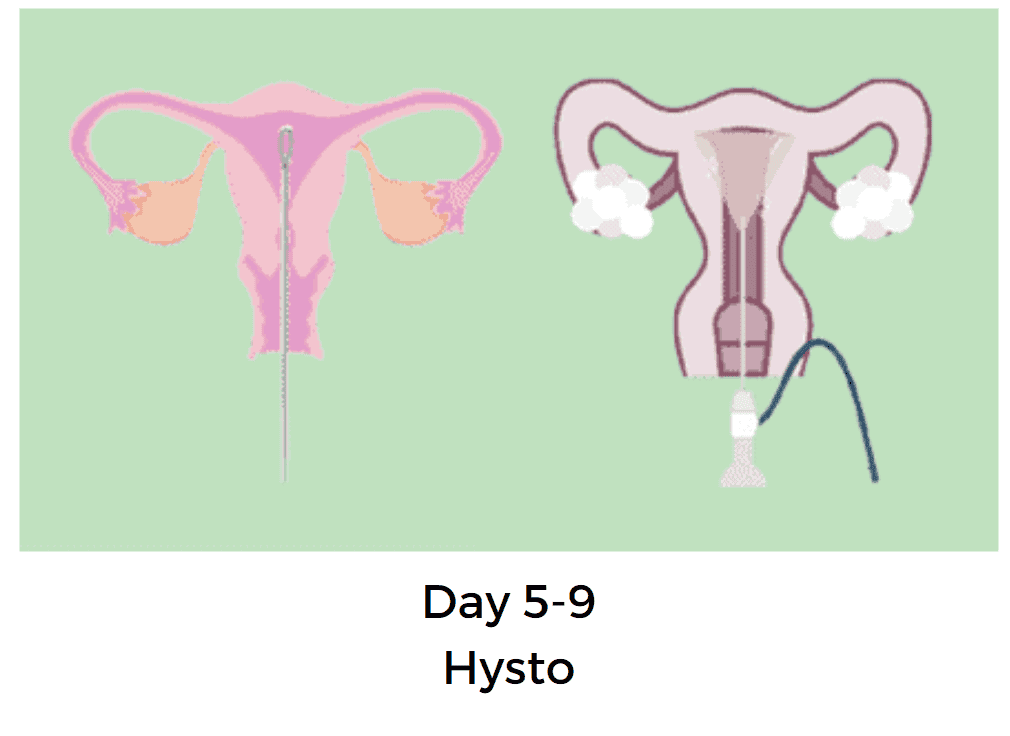Fertility Testing the Uterus
What is Hysteroscopy
A hysteroscopy is a minimally invasive surgery that allows a physician to view the inside of the uterus. The physician can look for uterine growths or scars and may remove them if they are present.
When do I get a hysteroscopy?
This procedure is performed between days 5–9 of the menstrual cycle and is done under IV sedation.

When can I get an hysteroscopy?
A hysteroscopy is performed in the clinic between 10:00am and 12:00pm. This can be done between days 5–9 of a transfer cycle, so there is no need to wait or waste time.
